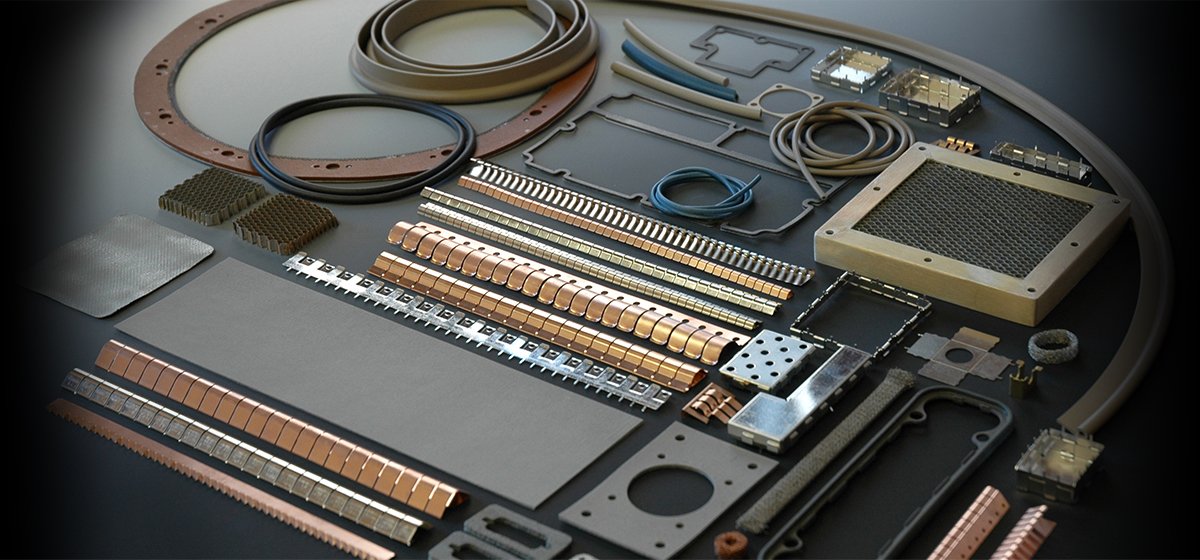Emi Shielding Materials Market: Trends, Challenges, and Opportunities for Growth

EMI shielding materials refer to a variety of substances designed to protect electronic devices or components from electromagnetic interference (EMI). These materials are used to create barriers or shields that block or absorb electromagnetic waves, preventing them from interfering with the normal operation of sensitive electronic circuits. EMI shielding materials are typically made of conductive or magnetic materials, such as metals or alloys, and are employed in various industries, including telecommunications, aerospace, automotive, and electronics, to ensure proper functioning and signal integrity of electronic systems.
The EMI shielding materials market refers to the global industry that encompasses the production, supply, and demand for materials used in electromagnetic interference (EMI) shielding applications. These materials are specifically designed to provide protection against unwanted electromagnetic emissions or external electromagnetic interference.
Market Overview: The EMI shielding materials market has been experiencing significant growth in recent years due to the increasing use of electronic devices and the rising demand for electromagnetic compatibility (EMC) solutions across various industries. The proliferation of wireless communication technologies, such as smartphones, tablets, and IoT devices, has fueled the need for effective EMI shielding materials to mitigate interference issues.
Materials: EMI shielding materials can be categorized into several types based on their composition and properties. Some commonly used materials include:
Conductive Coatings and Paints: These materials consist of conductive particles dispersed in a binder, typically a polymer. They are applied as coatings or paints to surfaces to provide a conductive layer that helps dissipate electromagnetic energy.
Conductive Polymers: These polymers are infused with conductive fillers or additives, such as carbon nanotubes or metallic fibers, to enhance their electrical conductivity. They are used in the form of films, sheets, or molded parts.
Metal-based Shielding Materials: These include metals and alloys like copper, aluminum, and their alloys, which provide excellent electrical conductivity and shielding effectiveness. They are used in the form of foils, tapes, meshes, or conductive gaskets.
EMI Shielding Fabrics: These fabrics are woven or knitted with conductive materials, such as metal wires or metal-coated fibers, to create flexible shielding solutions. They are commonly used in applications where flexibility and conformability are required.
Magnetic Materials: Magnetic shielding materials, such as soft magnetic alloys (e.g., Mu-metal) or ferrites, are used to divert and absorb magnetic fields, thereby reducing magnetic interference.
Composite Materials: These materials combine different components, such as conductive fillers, polymers, and additives, to achieve desired electrical and mechanical properties. They offer flexibility, ease of processing, and customization options.
End-use Industries: The EMI shielding materials market serves a wide range of industries, including:
Telecommunications: Mobile phones, base stations, antennas, and other wireless communication devices require EMI shielding materials to maintain signal integrity and prevent interference.
Electronics and IT: EMI shielding is crucial for consumer electronics, computers, laptops, tablets, servers, and other electronic devices to protect sensitive components from EMI.
Automotive: With the growing integration of electronic systems in vehicles, EMI shielding materials are employed to ensure electromagnetic compatibility and prevent interference that could affect safety and performance.
Aerospace and Defense: EMI shielding is critical in aerospace and defense applications to protect electronic equipment from external electromagnetic radiation and maintain system reliability.
Medical: Medical devices and equipment, such as MRI machines, pacemakers, and implantable devices, rely on EMI shielding to prevent interference that could impact their functionality.
Regional Outlook: The EMI shielding materials market is global in nature, with significant demand from North America, Europe, Asia Pacific, and other regions. Developed economies have a high adoption rate of electronic devices and stringent regulations regarding EMC, driving the demand for EMI shielding materials. Meanwhile, emerging economies are witnessing rapid industrialization and the increasing use of electronic devices, contributing to market growth.
Key Players: The EMI shielding materials market is highly competitive and fragmented, with several key players operating worldwide. Some prominent companies in the market include Laird Performance Materials, 3M Company, Parker Hannifin Corporation, Henkel AG & Co. KGaA, DowDuPont Inc., Chomerics (Parker Hannifin Corporation), and
Comments
Post a Comment